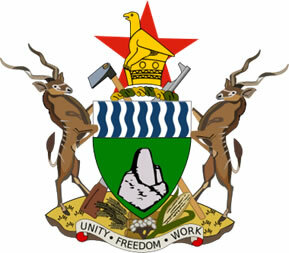There are times and situations in which we have to transmit an image, a place, a person, an artistic work, for that we use language; this attitude is called description.
When making a description, we can explore non-verbal language (photos, paintings, etc.) and verbal language (oral and written).
When we write a text for this purpose, we compose a descriptive text. Through the descriptive text, we present to our interlocutor an environment, an object, a being from our point of view, thus, he will be impregnated with our personal posture.
Writing a descriptive text
Describing is a process in which the senses are used to capture a reality and transport it to the text.
The elaboration of the text requires mastery of the written form of the language and the purposes for which the text is intended.
Basic elements of a description:
- identify the elements;
- place the element (place it occupies in time and space);
- qualify the element by giving it characteristics and presenting a judgment on it.
The description can be presented in two forms:
- objective description: when the object, being, environment are presented as they really are;
- subjective description: when the object, being, environment are transfigured by the emotion of the person who describes it.
Grammatical features:
- connecting verbs;
- nominal phrases and predicates;
- verbs in the present tense and imperfect tense of the indicative (predominantly);
- adjectives.
Descriptive text is usually incorporated into narrative or argumentative text.
See the examples below:
"The beach biscuit,
the starfish and the
sea urchins are related.
Starfish are carnivorous. With her "feet", she opens the shells and feeds on them. Afterwards, she remains
up to ten days fasting.
The cookie and the star are half-buried at the bottom
from the sea; the hedgehog is found
on rocks."
(Leaf of S. Paul, 01/23/99)
Cousin Juliet
Murilo Mendes
Cousin Julieta, a young widow, appeared from time to time at my parents' or my aunts' house. Her husband, who had left her a substantial fortune, belonged to the wealthy branch of the Monteiro de Barros family. We were from the poor business. Cousin Julieta owned a house in Rio and another in Juiz de Fora. He lived with an adopted daughter. And she had already been to Europe three times.
Cousin Julieta radiated a singular fascination. It was femininity itself. When I met her, as a boy and already very sensitive to feminine charm, she would have been around thirty or thirty-two years old.
Just by her walk you could tell that she was a goddess, says Virgil of another woman. Cousin Julieta walked at a slow pace, shaking her head back, paddling her beautiful white arms. Her blond hair included metallic highlights. Powerful hips. The blue-green eyes flickered. The hoarse and acidic voice, in two planes; voice of high society person. Once I discovered, admired, on the back of her neck, which at that time they called her neck, an expressive name: it presupposes yoke and domination. In this case, it's us men who suffer the yoke. I discovered by intuition the beauty of the female neck and neck, not meaning that I underestimated other regions of the universe.
MENDES, Murilo. The age of the saw. Rio de Janeiro,
Sabiá, 1968. P. 88-9.
By Marina Cabral
Portuguese Language Specialist
Brazil School Team
Essay - Brazil School

